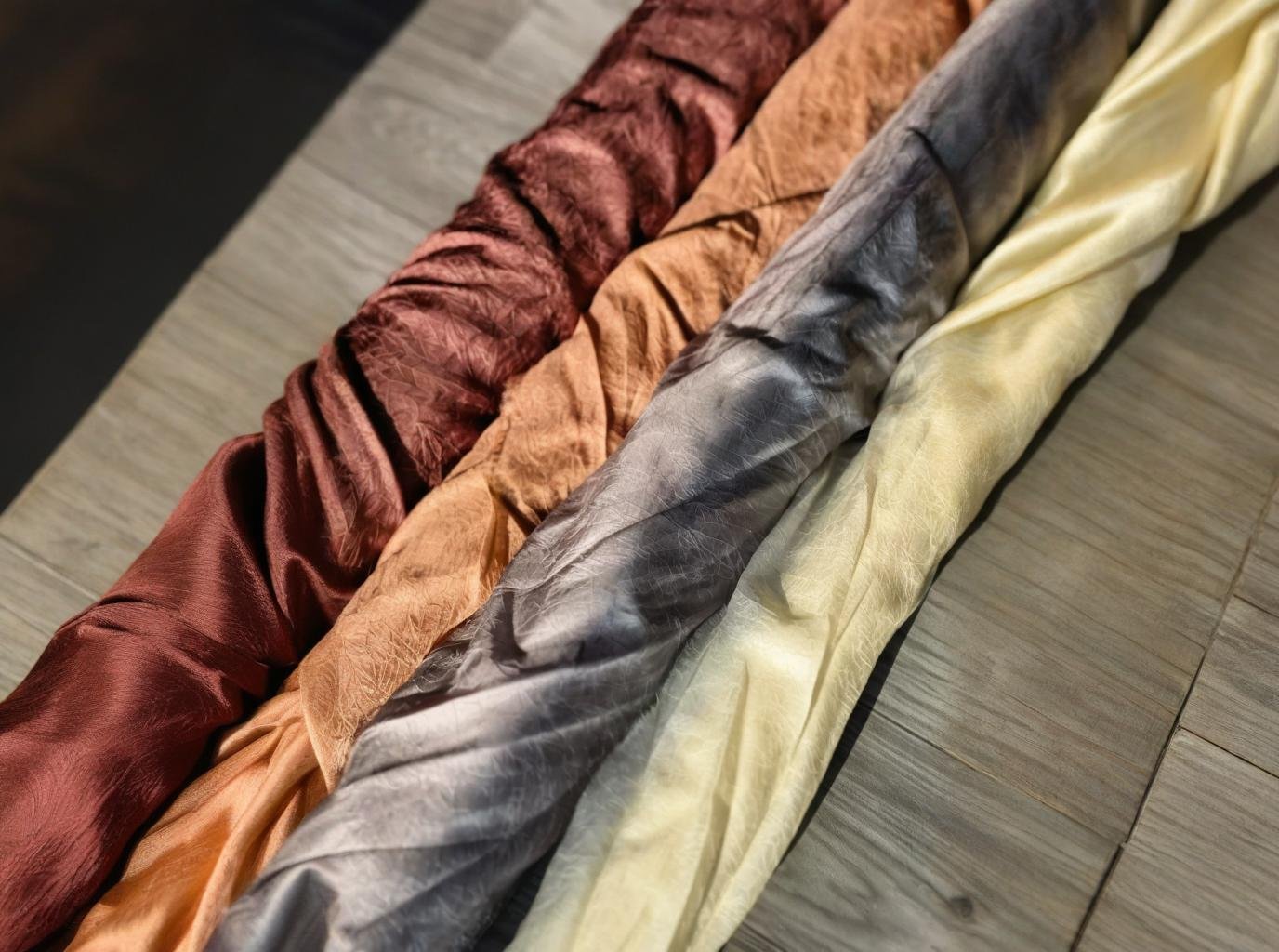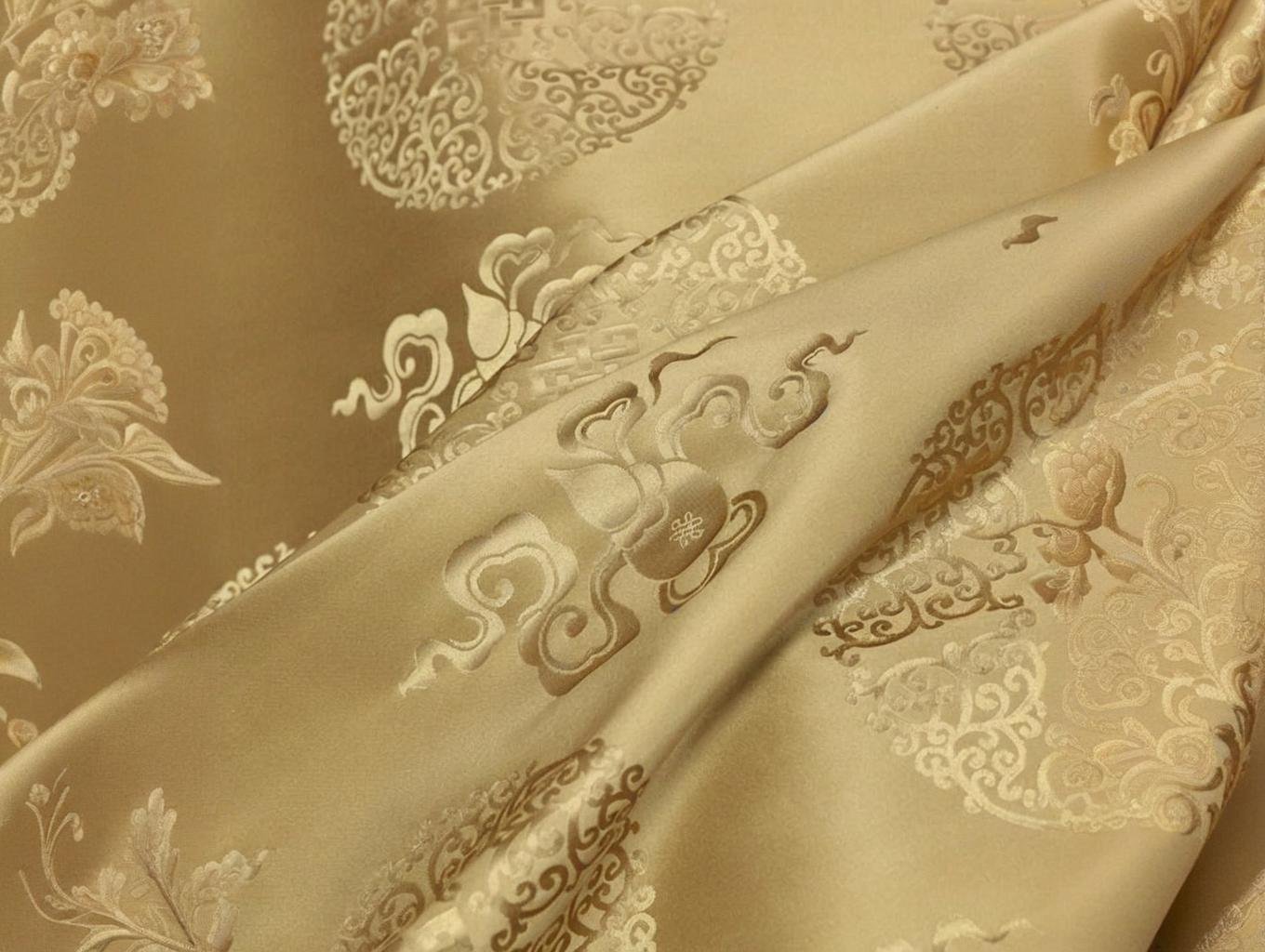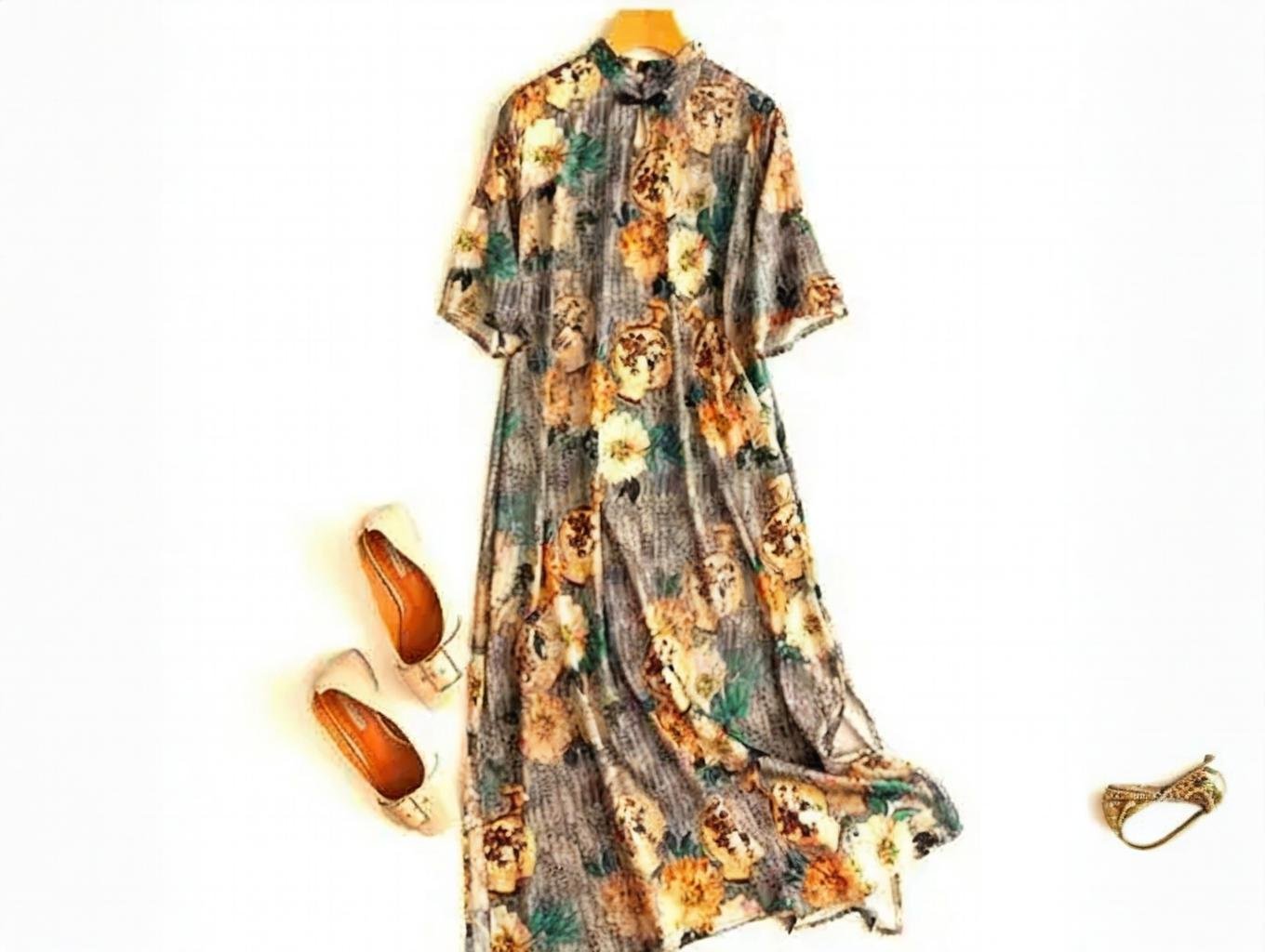Key Properties of Spandex Fiber: A Technical Guide for Textile Engineers

Spandex fiber is renowned for its exceptional elasticity and comfort, making it one of the most sought-after materials in the textile industry. Whether used in athletic wear, shapewear, or everyday garments, spandex provides a unique blend of stretchability, durability, and shape retention. But what makes spandex fiber so special, and how does it compare to other fibers like elastane or lycra? This article will delve deep into the core properties of spandex, its manufacturing process, and how textile engineers can incorporate this versatile fiber into their designs to maximize performance.
Spandex is an elastomeric fiber that offers high stretchability, excellent recovery, and durability, making it a preferred choice for performance fabrics in activewear, swimwear, and more. Its properties allow for comfort, shape retention, and flexibility. While it has various advantages, there are also limitations related to sustainability and wear resistance.
In this guide, we will explore the technical aspects of spandex, comparing it with other fibers, discussing its advantages and limitations, and examining its applications in various industries. Whether you’re designing for fashion or functionality, understanding these properties can elevate your fabric choices and improve product performance. Let’s dive deeper into the world of spandex.
1. What Is Spandex Fiber and How Is It Produced?
Spandex, also known as Lycra or elastane, is a synthetic fiber known for its exceptional elasticity. It is produced through a process called solution spinning, where polyurethane is polymerized to form a stretchy filament. The production of spandex involves several complex chemical processes, beginning with the polymerization of polyurethane prepolymers, followed by the spinning process to create the desired fiber.
The production of spandex starts by mixing the polymer with a solvent, which allows it to be drawn into fibers. The resultant fibers are then stretched and heat-set to impart their high elasticity. Typically, spandex fibers can stretch up to five times their original length without breaking, making them ideal for high-performance applications such as sportswear and swimwear. The fiber’s ability to return to its original shape after being stretched gives it the reputation for providing a “comfortable” fit.
- Spandex Production Process:
- Step 1: Polyurethane prepolymers are synthesized from a combination of diisocyanates and polyether polyols.
- Step 2: The polymer is dissolved in a solvent and extruded into fibers using a wet spinning method.
- Step 3: The fibers are stretched and heat-set to maximize their elasticity.
- Key Advantages of Spandex Production:
- High elasticity: Spandex can stretch up to five times its length.
- Comfort and flexibility: The fiber’s stretchability allows garments to mold to the body without constricting movement.
2. How Do the Properties of Spandex Affect Textile Performance?

The key properties of spandex—stretchability, durability, and recovery—have a direct impact on the performance of textiles. Spandex’s ability to stretch and recover means it enhances garment fit, providing both comfort and support. This is particularly useful in sportswear and activewear, where the fabric needs to move with the body.
One of the most critical properties of spandex is its recovery ability. Spandex fibers can be stretched multiple times without losing their original shape, which ensures that garments made from spandex retain their fit and structure after repeated wear. In addition, spandex is resistant to shrinkage, meaning garments will maintain their size and shape over time, even after many washes.
The abrasion resistance of spandex also contributes to its longevity, making it suitable for high-stress applications like sports and outdoor gear. However, spandex does have some drawbacks, such as a tendency to degrade when exposed to high heat or chlorine, which may limit its use in certain environments.
- Impact on Stretch Fabrics:
- Spandex is used in combination with other fibers (like cotton or polyester) to create stretch fabrics. This results in garments that are not only flexible but also retain their shape.
- Strength and Durability:
- Abrasion Resistance: Spandex’s strong, resilient fibers can withstand repeated stretching without breaking.
- UV Resistance: When combined with other fibers, spandex can increase the UV resistance of the fabric, which is beneficial in swimwear and outdoor clothing.
3. What Are the Key Advantages of Spandex in Fabric Applications?
The versatility of spandex makes it a top choice for various textile applications, particularly in sportswear, swimwear, and medical garments. One of the main advantages of spandex is its stretchability. This allows designers to create garments that offer a snug fit without sacrificing comfort or mobility.
In the fashion industry, spandex is often blended with other fibers, such as cotton, polyester, or nylon, to create fabrics that provide both the comfort of natural fibers and the stretchability of synthetic materials. This blend is particularly common in activewear, where both performance and comfort are key factors.
For medical applications, spandex is used to create compression garments, such as stockings and braces, which support the muscles and improve blood circulation. In swimwear, spandex enhances the fabric’s ability to stretch and recover, allowing the garment to maintain its shape after exposure to chlorine and saltwater.
- Sporting and Performance Wear:
- Spandex provides athletes with garments that move with the body, enhancing comfort and performance.
- Examples: Spandex is used in yoga pants, cycling shorts, and compression garments to support muscle activity.
- Fashion and Lingerie:
- Spandex blends with other fabrics such as cotton or silk to create garments that offer comfort, shape retention, and flexibility.
4. Which Industries Benefit the Most from Spandex Fabric?
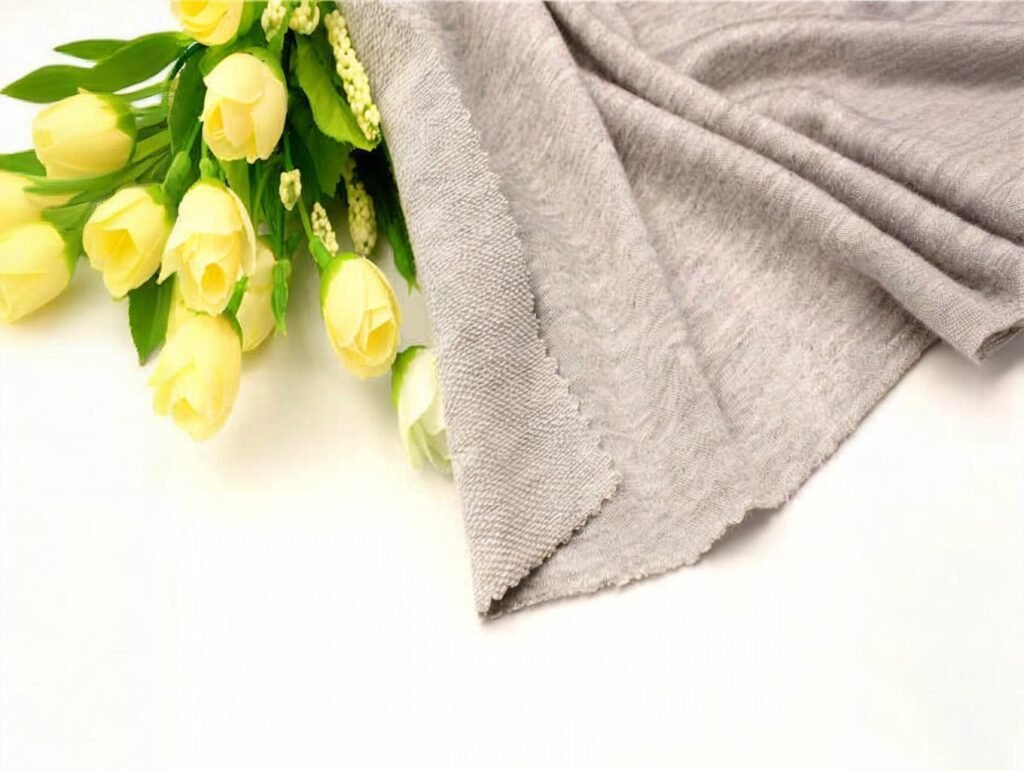
Several industries benefit from the unique properties of spandex. Activewear and swimwear are among the most obvious applications, but spandex is also used in medical textiles, fashion, and industrial textiles.
- Activewear: Spandex’s stretchability is perfect for creating garments that move with the body, such as yoga pants, gym clothes, and sports bras.
- Swimwear: Spandex is often used in swimwear because of its ability to maintain shape and stretch without losing elasticity.
- Medical Textiles: Compression garments like stockings and braces are made with spandex due to its stretchability and compression properties.
Industries that require textiles to stretch and retain their shape over time—such as sports apparel, medical wear, and performance fabrics—benefit the most from spandex. However, the fiber’s susceptibility to damage from chlorine and heat can limit its use in some applications.
- Spandex in Sports and Recreation:
- Spandex is heavily used in sportswear to help athletes perform better, offering the right amount of compression and freedom of movement.
- The fiber is popular in activities that require high flexibility, such as gymnastics, cycling, and swimming.
- Fashion and High-End Apparel:
- In the fashion industry, designers often turn to spandex for its ability to create form-fitting garments. Brands that focus on fashion and flexibility, such as athleisure, benefit from spandex blends.
5. How Does Spandex Compare to Other Elastomers Like Lycra or Elastane?
Spandex, Lycra, and Elastane are often used interchangeably in the textile industry, but they refer to the same material with slight variations in branding and historical context. Lycra is a brand name for spandex that was first introduced by DuPont in the 1950s. Elastane is the generic term used in Europe for spandex. Despite these different names, all three fibers share the same core properties—exceptional stretchability, recovery, and comfort.
One of the key differences lies in the branding. Lycra, as a brand, is often associated with premium, high-performance fabrics, whereas the term spandex is more commonly used in North America and is associated with a broader range of applications, including lower-end products. While these names are often used interchangeably, it’s important to note that spandex fibers may vary slightly in terms of production processes, quality control, and end-use applications depending on the manufacturer and market.
Despite these nuances, spandex, Lycra, and elastane all offer the same technical properties when used in fabric production. The fiber is known for its stretch capabilities, offering a significant advantage over non-elastic fibers like cotton or polyester. However, the brand or terminology does not influence the fundamental characteristics of the fiber, making them virtually indistinguishable in terms of performance.
- Branding vs. Functionality:
- Lycra may carry a perception of higher quality and is often marketed as a premium product.
- Elastane is more commonly used in the European market for mass-produced garments, offering the same stretch and recovery characteristics.
- Spandex is used in a wider range of applications, from fashion to medical textiles.
- Production Differences:
- Quality Control: Some Lycra fabrics may undergo more stringent quality control processes, making them more reliable for high-end applications, but this doesn’t mean that spandex or elastane won’t perform similarly in most cases.
6. What Are the Limitations and Challenges of Using Spandex in Textiles?

While spandex has many advantages, it also comes with a few limitations and challenges that must be considered when designing or manufacturing textiles. One of the primary drawbacks is spandex’s sensitivity to heat and UV rays. Prolonged exposure to sunlight can cause the fiber to break down, losing its stretch and elasticity over time. This makes spandex fabrics vulnerable to degradation when used in outdoor or high-heat environments.
Another challenge is spandex’s tendency to lose its elasticity when exposed to chlorine or strong detergents. This makes it less ideal for fabrics that will be regularly exposed to swimming pools or harsh cleaning agents. Additionally, spandex’s environmental impact is a concern, as it is made from synthetic materials that are not biodegradable, contributing to plastic pollution.
Despite these challenges, manufacturers are finding ways to address these limitations. New techniques, such as blending spandex with more durable fibers or incorporating eco-friendly production processes, are helping to mitigate the disadvantages of spandex and increase its longevity.
- Heat and UV Exposure:
- Spandex’s elasticity can be compromised when exposed to extreme heat or UV rays, leading to fabric breakdown. Specialized coatings and treatments can help protect spandex from UV damage.
- Fabric Treatments: UV-blocking agents or heat-resistant treatments can prolong the life of spandex in products exposed to the sun or high temperatures.
- Chemical Sensitivity:
- Spandex is sensitive to chlorine, which can degrade the material over time. Manufacturers often recommend blending spandex with chlorine-resistant fibers for swimwear and activewear exposed to harsh chemicals.
- Environmental Concerns:
- Spandex is made from synthetic polymers, meaning it is non-biodegradable. However, some brands are developing more sustainable alternatives by using recycled materials in the production of spandex fibers.
7. How Do Spandex Fabrics Handle Stretch, Durability, and Comfort?
The ability of spandex to stretch and recover is central to its appeal in both functional and fashion-based textiles. Stretchability is what allows spandex garments to mold to the body, enhancing comfort and fit. The recovery property ensures that the fabric returns to its original shape after being stretched, providing durability and preventing garments from becoming misshapen.
Spandex excels in durability because of its resistance to wear and tear. However, it does require proper care to ensure it maintains its elasticity over time. Fabrics made with spandex can withstand frequent stretching and washing without losing their shape, provided they are not exposed to high heat or harsh chemicals.
In terms of comfort, spandex’s stretchability offers a snug fit without causing discomfort. This makes it ideal for activewear, where flexibility and movement are essential. The fiber’s softness and lightweight nature contribute to its comfort, especially when blended with other fibers such as cotton or polyester.
- Elasticity and Recovery:
- Spandex’s ability to stretch up to 500% of its original length allows it to return to its shape after being stretched. This property is essential in high-performance textiles like activewear and swimwear.
- Durability in High-Stress Applications:
- Spandex is used in applications that experience frequent stretching, such as yoga pants and athletic wear. Its high recovery rate ensures garments last longer without losing shape.
- Comfort and Fit:
- Breathability: When blended with natural fibers like cotton, spandex can offer both stretch and breathability, improving comfort in garments worn for extended periods.
8. Is Spandex Fiber Environmentally Sustainable and What Are the Alternatives?
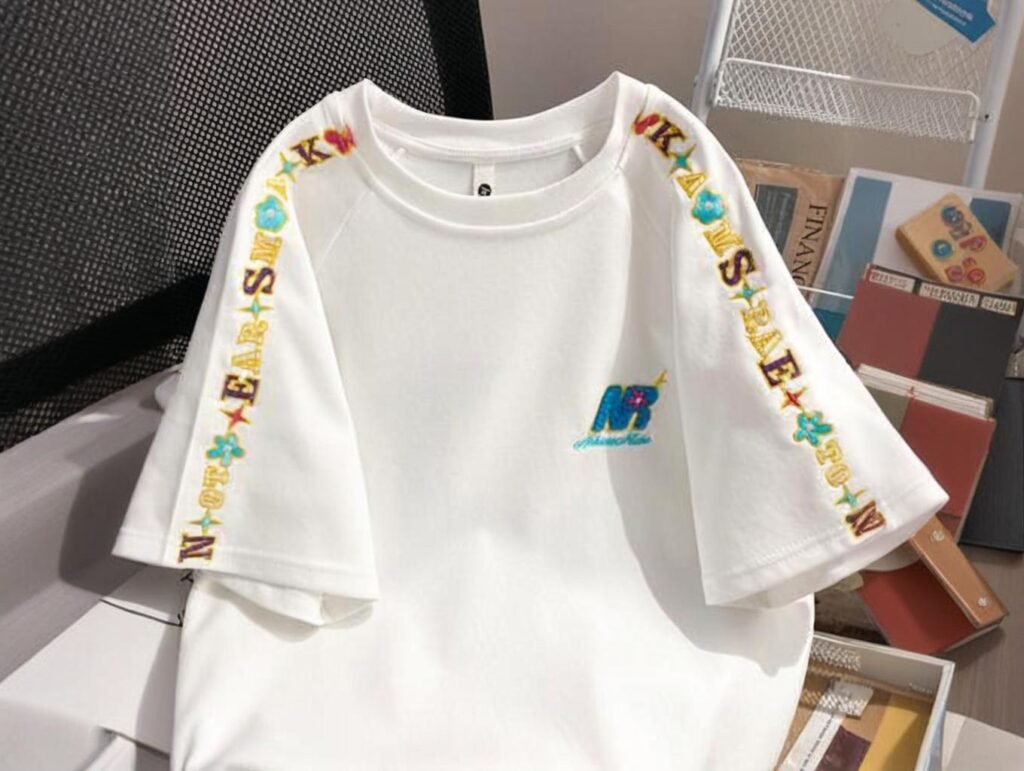
Spandex’s environmental sustainability has been a topic of concern due to its reliance on petroleum-based chemicals for production. As a non-biodegradable synthetic fiber, spandex contributes to plastic pollution in the textile industry. However, there have been efforts to reduce the environmental impact of spandex production through recycling and the use of sustainable production processes.
Some brands are already adopting recycled spandex to minimize waste and reliance on virgin materials. Additionally, spandex can be blended with eco-friendly materials, such as organic cotton, to enhance sustainability without sacrificing performance.
In terms of alternatives, Tencel (lyocell), hemp, and recycled polyester are becoming more popular in the textile industry due to their biodegradability and lower environmental footprint. While these fibers may not offer the same level of elasticity as spandex, they provide suitable alternatives for sustainable fashion.
- Recycled Spandex:
- The development of recycled spandex allows textile manufacturers to reuse spandex fibers from post-consumer garments or production waste. This helps reduce the demand for virgin spandex and minimizes environmental impact.
- Eco-friendly Alternatives:
- Tencel and Hemp are natural fibers gaining traction as more sustainable alternatives to spandex. These fibers are biodegradable and often produced using less energy and water compared to synthetic materials.
Can't find the answers?
No worries, please contact us and we will answer all the questions you have during the whole process of bag customization.
Make A Sample First?
If you have your own artwork, logo design files, or just an idea,please provide details about your project requirements, including preferred fabric, color, and customization options,we’re excited to assist you in bringing your bespoke bag designs to life through our sample production process.

